Travel back in time to discover the brilliance of ancient engineering, where early innovators crafted gadgets that defied the limits of their era. These remarkable inventions showcase the creativity and ingenuity of civilizations long past, proving that innovation is far from a modern concept. Today, we’re diving into 15 of the most incredible ancient gadgets that continue to amaze us.
15. Greek Fire

In the 7th century AD, the Byzantine Empire introduced Greek Fire, a revolutionary incendiary weapon that could project flames in a continuous jet. This weapon was a game-changer in naval warfare, creating a path of destruction that was nearly impossible to extinguish. The exact recipe for Greek Fire remains a mystery, but it is believed to have included potassium nitrate, oil, and sulfur, showcasing the advanced chemical knowledge of the time.
14. The Phaistos Disc
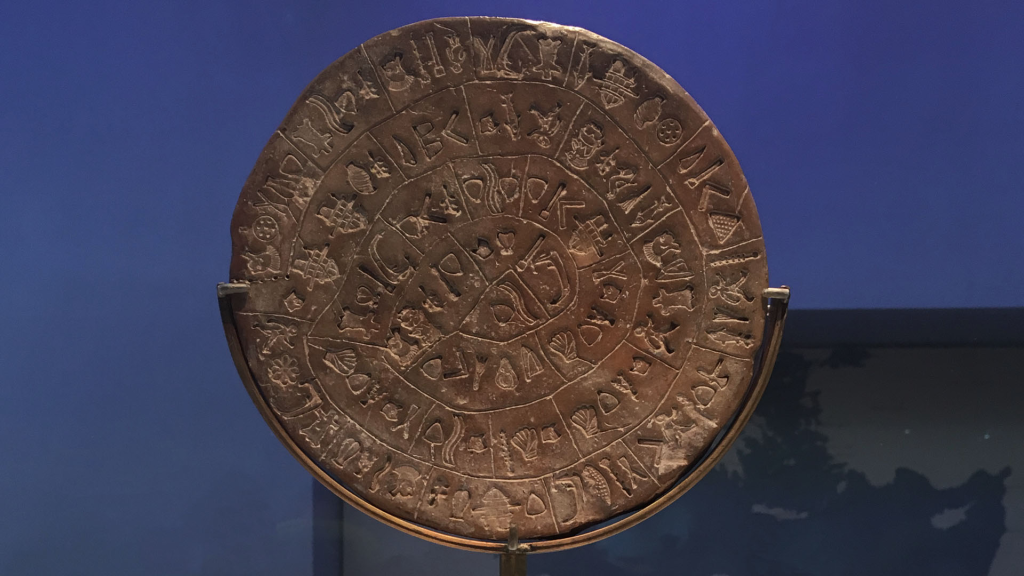
Discovered in 1908, the Phaistos Disc is a large clay plate covered with mysterious symbols. Found in the ruins of a Minoan palace, its purpose remains debated, with theories ranging from a prayer artifact to an astronomical document. The disc’s unique hieroglyphics have puzzled researchers for over a century, highlighting the complexity of ancient communication.
13. The Iron Pillar of Delhi

Standing tall for over a thousand years, the Iron Pillar of Delhi is a testament to ancient metallurgy. Measuring 24 feet and showing no signs of rust, this pillar’s resistance to corrosion has sparked numerous theories. Its inscriptions date back to 375-415 AD, and its original location remains a topic of debate among historians.
12. The Antikythera Mechanism
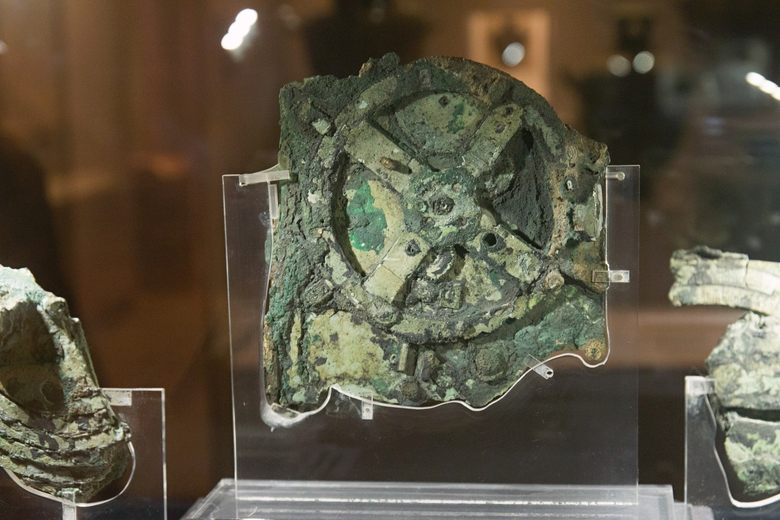
Often referred to as the world’s first analog computer, the Antikythera Mechanism was discovered in a shipwreck off the coast of Greece. This intricate device, composed of at least 30 gears, was used to predict celestial events, showcasing the advanced understanding of astronomy by the ancient Greeks. Its complexity is comparable to modern machinery, revealing the sophistication of ancient engineering.
11. The Nimrud Lens

Unearthed in the Assyrian Palace of Nimrud, the Nimrud Lens is a 3,000-year-old piece of rock crystal that may have been used as a magnifying glass or part of a telescope. Its precise crafting suggests that ancient Assyrians had a deep understanding of optics, further emphasizing their contributions to science and technology.
10. The Gavazan Column

The Gavazan Column, created by Armenian monks, was an early seismic detection device. This pivoting pillar was designed to alert inhabitants of earthquakes, showcasing the monks’ ingenuity in understanding and responding to natural disasters. Its historical significance lies in its role as a precursor to modern seismographs.
9. The Archimedes Screw

The Archimedes Screw, refined by the famous mathematician, revolutionized water transportation. This device allowed for efficient irrigation by elevating water from lower to higher levels. Its design has influenced various applications, including modern hydroelectric power generation, demonstrating the lasting impact of Archimedes’ innovations.
8. The Astrolabe
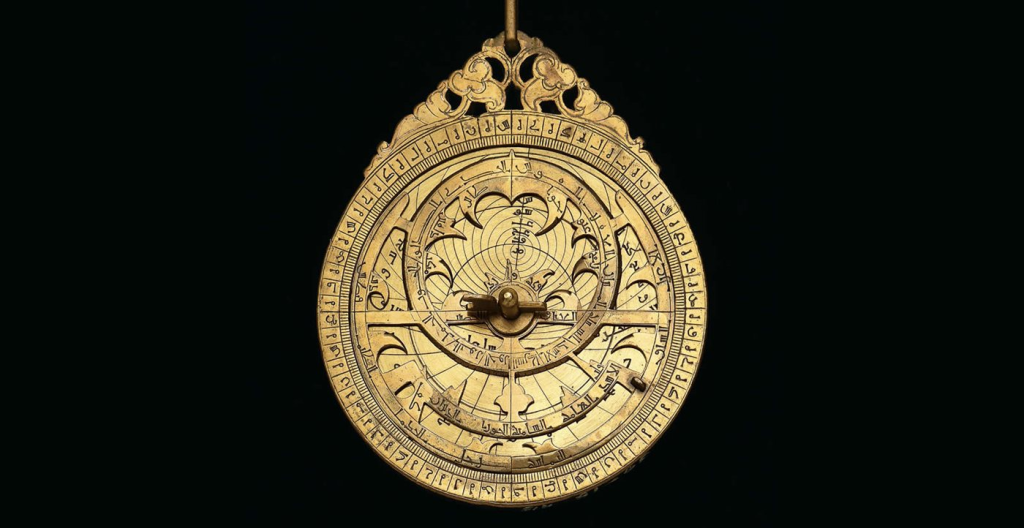
An ancient astronomical instrument, the Astrolabe was used for calculating celestial positions. This intricate device, with its metal disc and engraved plates, served various purposes, including navigation and astrology. Its significance in Islamic culture highlights the intersection of science and spirituality in ancient societies.
7. The Nilometer
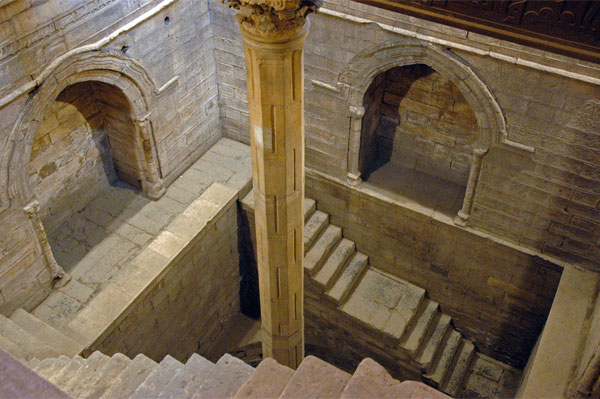
The Nilometer was an essential tool for ancient Egyptians, allowing them to measure the Nile River’s water levels. This device helped predict floods and droughts, crucial for agricultural planning and would be instrumental in helping the Egyptians direct their agriculture in more intelligent ways, helping reduce the loss of crops due to floods and droughts alike.
6. Roman Concrete
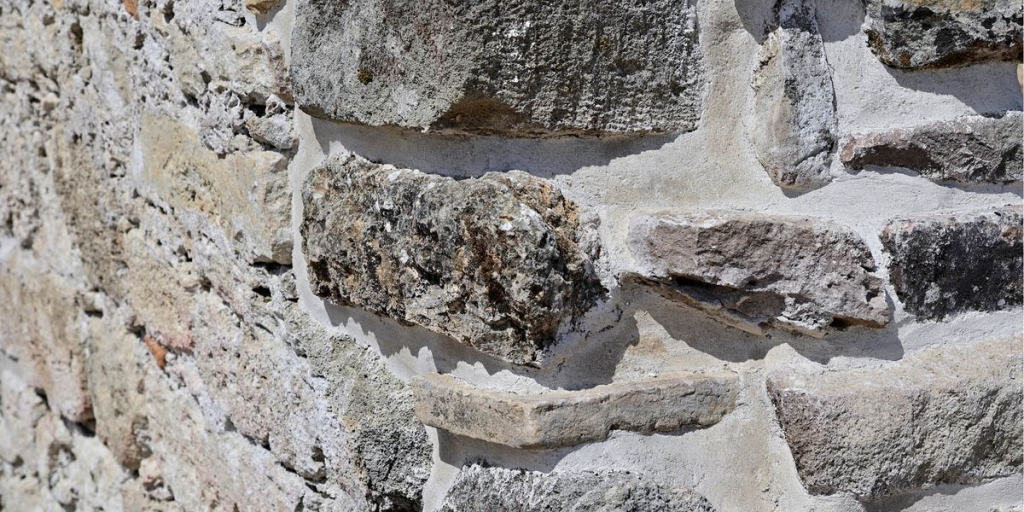
Roman Concrete is renowned for its durability, allowing ancient structures to withstand the test of time. This material, made from a blend of hydraulic cement and aggregates, was used in various constructions, including aqueducts and bridges. Its unique properties, such as self-repairing capabilities, continue to inspire modern engineering practices.
5. The Baghdad Batteries
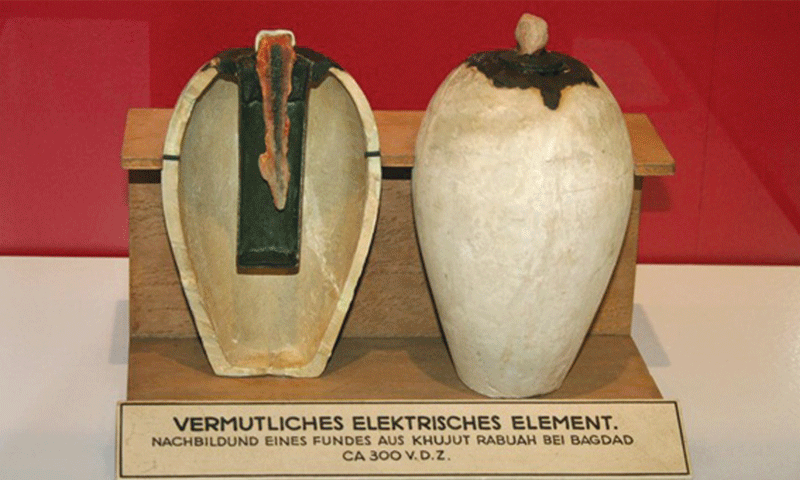
The Baghdad Batteries are a trio of artifacts that have sparked debate regarding their purpose. Some theorize they were used for electroplating or electrotherapy, while others suggest they held religious significance. Their discovery highlights the advanced understanding of electricity in ancient civilizations, even if their exact function remains elusive.
4. The Zhang Heng Seismoscope
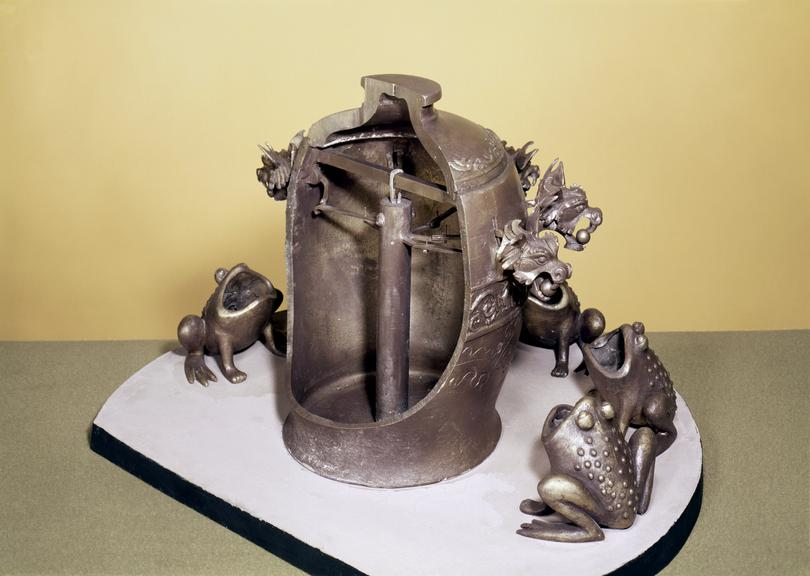
Invented in 132 AD, the Zhang Heng Seismoscope was capable of detecting earthquakes from afar. This bronze vessel, adorned with dragon designs, used a unique mechanism to signal seismic activity. Its innovative design represents a significant advancement in the understanding of natural phenomena in ancient China.
3. The Lycurgus Cup
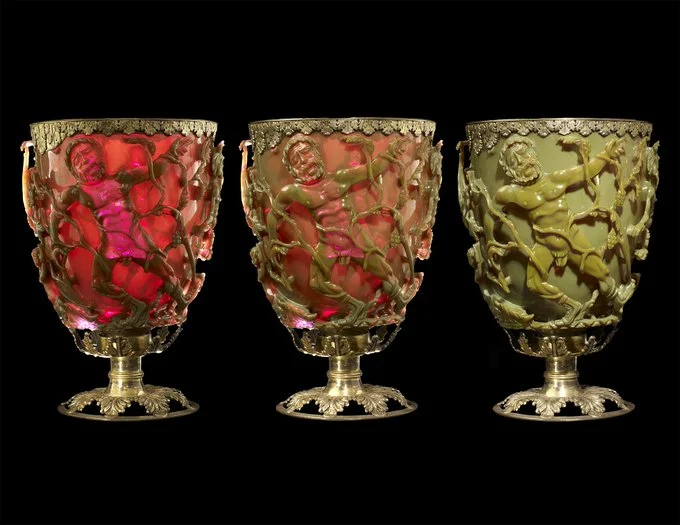
The Lycurgus Cup is a remarkable Roman artifact that changes color when illuminated. Crafted from jade green glass, it reveals a red hue when backlit, showcasing the ancient artisans’ use of nanotechnology. This cup exemplifies the intersection of art and science in ancient Rome, with implications for modern materials science.
2. The Big Horn Medicine Wheel
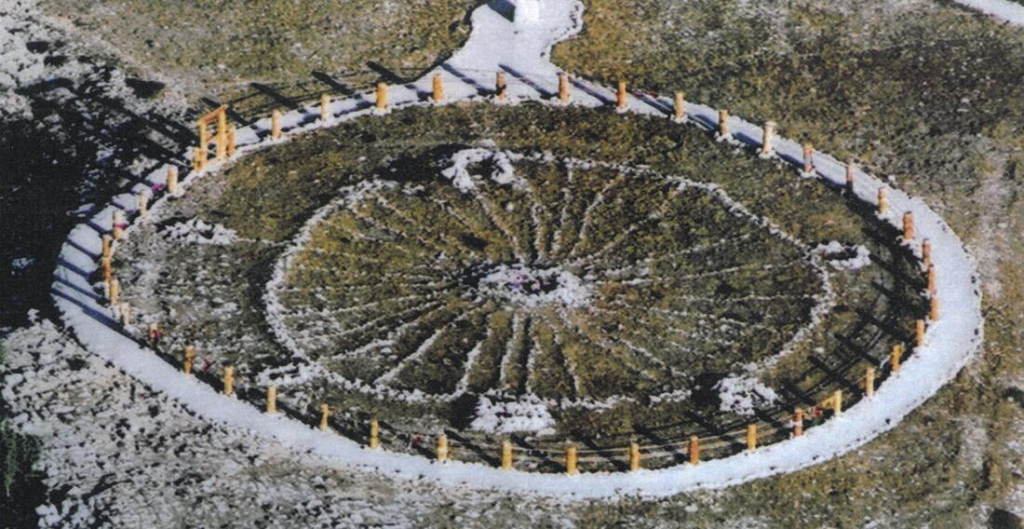
Located in Wyoming, the Big Horn Medicine Wheel is an ancient stone structure with astronomical significance. Built by Plains tribes, it aligns with celestial events, serving both ritualistic and navigational purposes. This site continues to be a focal point for indigenous groups, reflecting the enduring legacy of ancient knowledge.
1. Damascus Steel
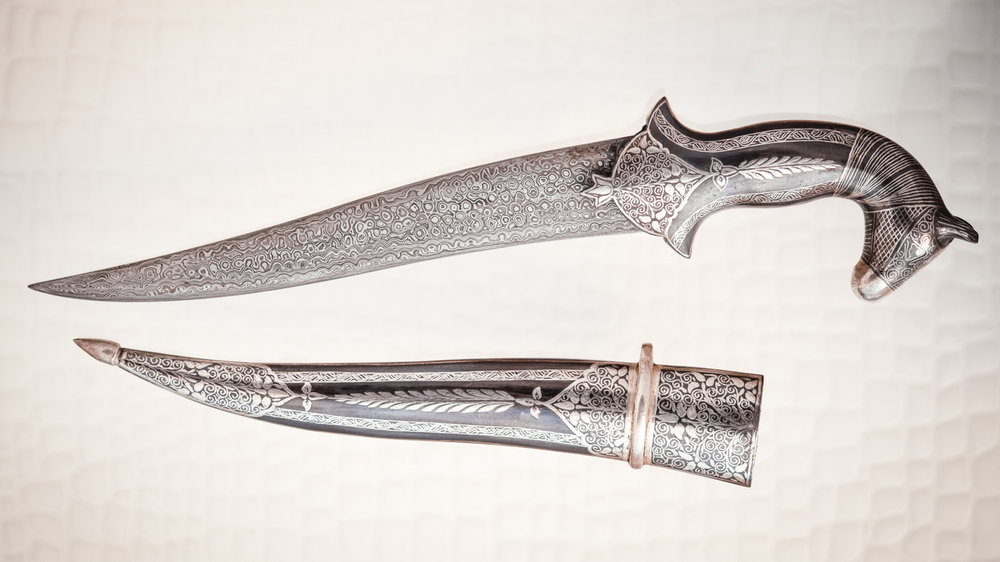
Damascus Steel is famous for its unique patterns and exceptional quality. This ancient metalworking technique produced blades that were both flexible and hard, making them highly sought after. The production process, which involved carbon nanotubes, highlights the advanced metallurgical skills of ancient craftsmen, leaving a lasting impact on weapon-making techniques.




























